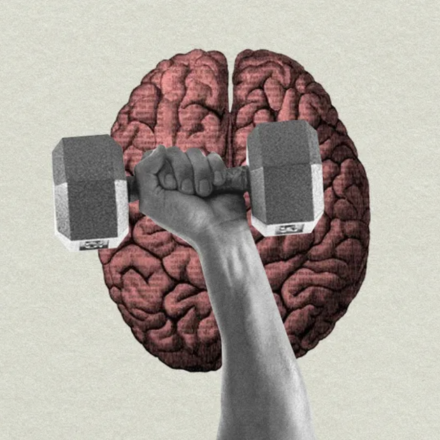If you think sports are just for a nice body or an adrenaline rush, we have good news: some physical activities can actually add nearly 10 years to your life. And we’re not talking about marathons or exhausting daily workouts — it’s enough to choose the right intensity and train regularly.
Experts from the World Health Organization recommend moving 150–300 minutes per week at moderate intensity — when you can breathe easily and aren’t sweating heavily — or 75–150 minutes of more intense activity. But studies show: the more active you are, the higher your chances of living longer. A large experiment involving 116,000 adults proved that those who moved 300–600 minutes per week, or 150–300 minutes at high intensity, lived longer.
So, which sports really work for longevity?
Tennis and Badminton
These racket sports not only bring enjoyment but also reduce the risk of death by almost 50% and cardiovascular disease by nearly 60%. You don’t have to exhaust yourself — light, regular training is enough.
Interesting fact: A Copenhagen study showed that a beginner in tennis could add nearly 10 years to their life, and around 6 years with badminton. So grab a racket and hit the court!
Cycling
Even leisurely bike rides really extend life. For older adults, the effect is even greater: a study in Denmark showed that cyclists live on average 3 years longer, and the risk of death from all causes drops by 22–24%.
For health benefits, cycling about 3 hours a week at a comfortable pace is enough. Biking is not just cardio — it’s a way to stay active without stressing your joints.
Swimming
Swimmers live longer and healthier: the risk of death decreases by 28%, and cardiovascular disease by 41%. Intensive workouts that make you breathless and sweat give the best results.
Copenhagen research calculated that regular swimming adds around 3 years to life. Bonus: your joints stay safe, and your body works harmoniously.
Running
Even 10–15 minutes of light running a day can add roughly 3 years to your life. Studies with over 55,000 adults showed that running reduces the risk of death by 30% and cardiovascular disease by 45%.
You don’t need to run marathons every day — consistency is key. Slow jogs benefit your health as much as intense workouts, without overloading your body.
Aerobics and Group Fitness
Group workouts benefit not just your heart and muscles, but also socially. Studies show aerobics reduces the risk of death by 27% and cardiovascular disease by 36%.
The more interaction with others during sessions, the greater the effect. So a fitness class isn’t just a workout — it’s a way to extend your life and make new friends.
Moderate Strength Training
Weight training twice a week for 30–60 minutes strengthens muscles and reduces the risk of death by 10–17%. Combined with aerobics, the effect increases — risk reduction can reach up to 40%.
The key is moderation and consistency. Excessive strain can backfire, while moderate, regular training really supports your heart, joints, and overall health.


















